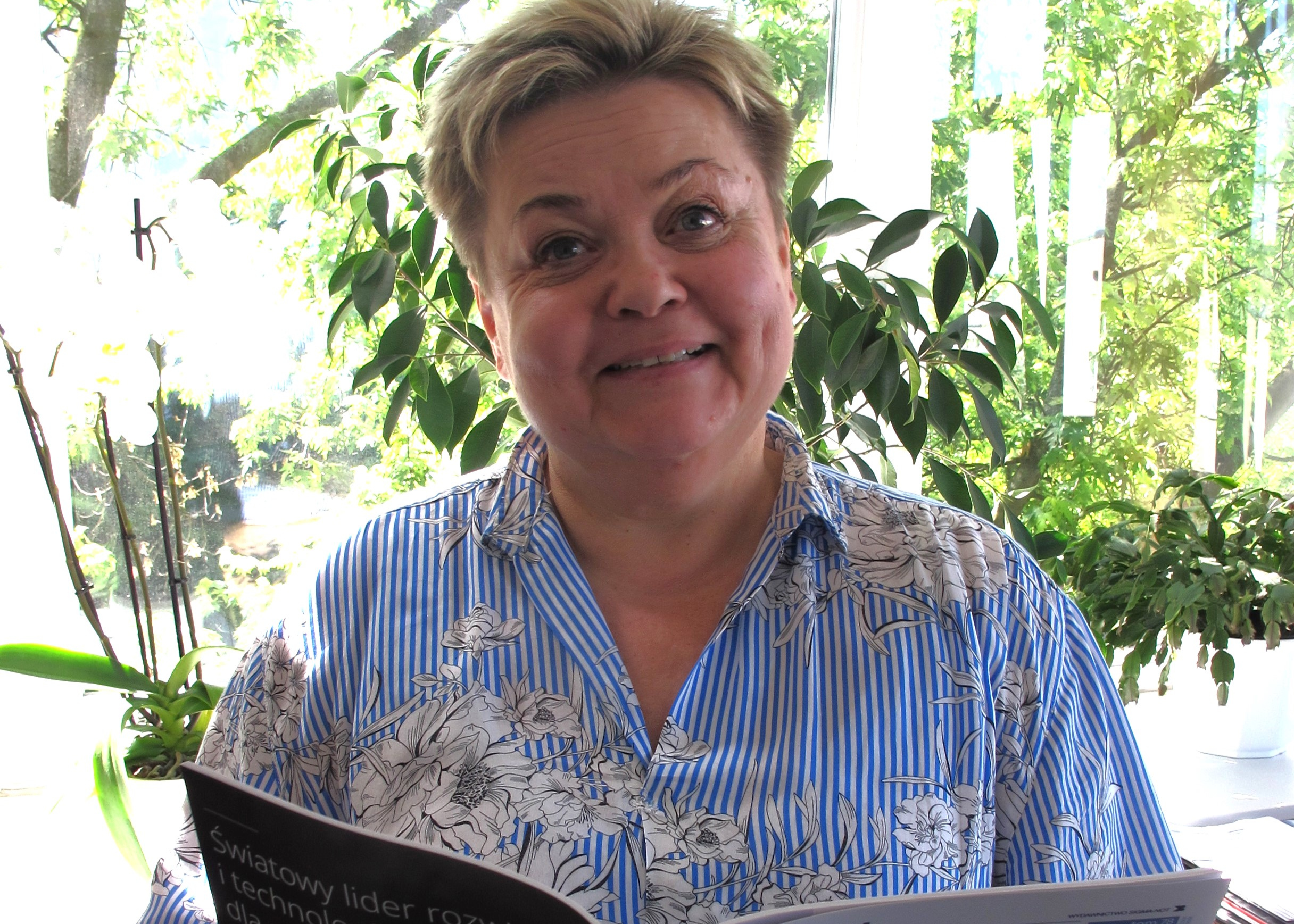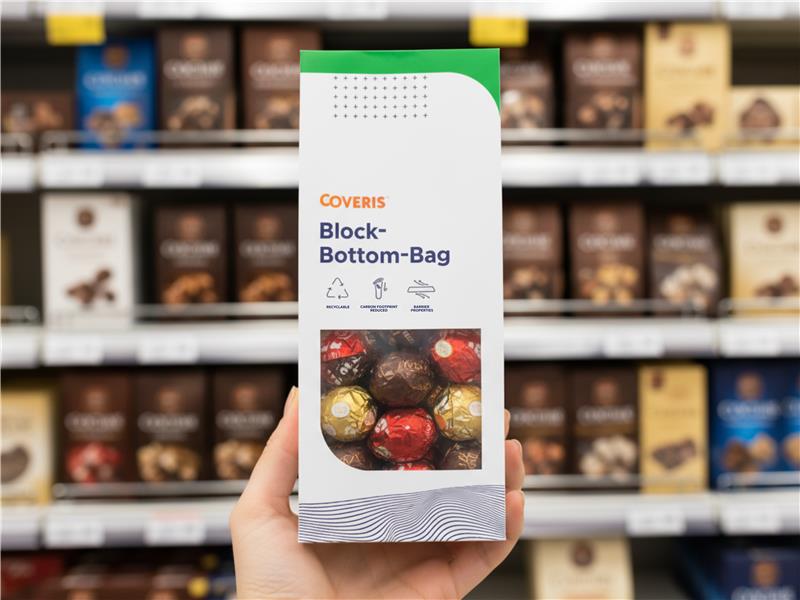ECONOMY
- 3 Direct Investments in The Food Industry: Foreign in Poland And Polish Abroad – Łukasz Ambroziak (DOI 10.15199/65.2020.12.1)
The purpose of the article is to assess an activity of foreign direct investors in the food industry in Poland and an activity of Polish enterprises in the food industry abroad in the period of 2004- 2019. The food industry, defined as a manufacture of food products, beverages and tobacco products, is one of the largest recipients of foreign direct investments among manufacturing divisions. The largest foreign direct investors were the Netherland, Germany and France. Polish companies also invested in the food industry abroad. Although the scale of these investments was incomparably smaller than the involvement of foreign investors in Poland, the activities of Polish companies abroad contributed to the increase in the internationalization of the food industry. Polish enterprises have mainly invested in the Central and Eastern Europe countries, i.e. in Romania, Czechia, Hungary and Ukraine, as well as the United Kingdom and Germany. However, the outbreak of the COVID-19 pandemic clearly worsened the activity of direct investors in the food industry.
KEY WORDS: foreign direct investment in Poland, Polish direct investment abroad, food industry
- 9 Circular Economy – Sustainable Development in Food Production – Agnieszka Sznyk (DOI 10.15199/65.2020.12.2)
The global food industry is one of the largest sectors of the economy, accounting for 10% of global GDP, and generating a huge amount of waste. Current food production methods cause estimated losses of approximately $ 5.7 trillion annually. That is why it is so urgent and necessary to introduce sustainable methods of consumption and production in line with the idea of circular economy. By reducing of food waste, increasing the recovery of minerals and nutrients from biomass and food industry by-products creates a real chance of savings up to $ 700 billion annually. Minimizing waste production, promoting renewable and local crops by cities could bring benefits worth $ 2.7 trillion per year by 2050. The circular economy is an economic model based on keeping raw materials and products in the economic cycle for the longest possible time, while maintaining their highest value. A following study presents good practices in this area.
KEY WORDS: circular economy, food wastes, sustainable development, business models
LAW
- 14 Food Supplements – Review of Changes in Polish and Community Law – Grażyna Osęka, Iwona Kowalczyk-Andrzejewska (DOI 10.15199/65.2020.12.3)
In accordance with the procedures set out in the Act of 25 August 2006 on the safety of food and nutrition [18], the first marketing of certain types of foodstuffs, including dietary supplements is subject to notification to the Chief Sanitary Inspector (GIS). In this respect, Polish law has remained unchanged. Nevertheless, the implementing provisions to the above-mentioned the law. On January 1, 2020, the Regulation of the Minister of Health of December 21, 2019, amending the regulation on the model form for the notification on products placed on the market for the first time in the territory of the Republic of Poland, entered into force, the register of products covered by the notification and the list of national scientific units competent for to issue opinions [10]. There has also been a change in the GIS approach to the evaluation of these products and it has caused quite a significant difference in the functioning of entities on the market. New regulations have been proposed at EU level that will have serious industrial effects.
KEY WORDS: food supplements, legal changes, Polish and EU law
FOOD – FEEDING
- 19 Characteristics of Cold-Pressed Oil from Selected Seeds of Herbs and Fruit – Patrycja Goździk, Małgorzata Wroniak, Anna Florowska (DOI 10.15199/65.2020.12.4)
Oils obtained only by mechanical methods provide not only unsaturated fatty acids, but also bioactive ingredients such as tocopherols, tocotrienols, phytosterols, carotenoids, chlorophylls, phenolic compounds, essential oils. Apart from oils that have an established market position, there are still new ones on the market, not known to consumers so far and coming from unusual raw materials, among others oils from herb seeds or fruit seeds. Oils from apricot kernels or parsley, and carrot seeds are avery good source of monounsaturated acids (oleic acid or petroselinic acid), the remaining ones provide mainly linoleic acid. Pepper seed oil is arich source of carotenoids (629-848 mg/kg), including β-carotene (43-59 mg/kg). Grape seed oil contains significant amounts of plant phytosterols, ranging from 2,600 to 11,300 mg/kg. Tocopherols, on the other hand, are found in significant amounts in pepper seed oil (266-1000 mg/kg), nettle (662 mg/kg), apricot kernels (476-599 mg/kg) and parsley seeds (495 mg/kg). Some of them are characterized by a high content of γ-tocopherol with strong antioxidant properties, i.e. pepper seed oil (257-761 mg/kg), apricot kernel oil (369-583 mg/kg) and nettle seed oil (372 mg/kg). Carrot seed oil is characterized by a high content of tocotrienols, with the content of these compounds being approximately 238 mg/kg.
KEY WORDS: cold-pressed oils, seeds, herbs, fatty acid composition, tocopherols, sterols
- 25 Gender-Dedicated Food – Adonis Hilal, Natalia Pyl, Anna Florowska, Małgorzata Wroniak (DOI 10.15199/65.2020.12.5)
Although women and men have 95.5% identical DNA, they have different eating habits and different susceptibility to the incidence of diet-related diseases, therefore they need different nutrients in their food to prevent these diseases. Food aimed to satisfy the needs of women and men is a new trend in the Polish industry. However, gender-dedicated products are not entirely anew food category, as such food has long been available in the US and some Western European markets. When designing gender-dedicated food, producers follow various motives. There are two groups of gender dedicated food on the market. The first one aimed to interest a specific group of consumers, based on stereotypes not necessarily related to the nutritional needs of each gender. The second group, on the other hand, is based on current nutritional and preventive needs, and not on socio-cultural stereotypes prescribed for each gender.
KEY WORDS: dedicated products, gender, woman, man
LOGISTIC-PACKAGING
- 30 Packaging’s Food Contact Materials – Marta Lenartowicz-Klik (DOI 10.15199/65.2020.12.6)
Metal, wood, glass, paper and ceramics are the traditional food packaging materials (FCMs), which are increasingly giving way to innovative packaging from polymer plastics. The industry of packaging materials intended for contact with food more and more often provides innovated products that, from the point of view of consumers, have a significant impact on both food safety and its attractiveness. FCMs should be sufficiently inert so that their constituents neither adversely affect consumer health nor influence the quality of the food. To ensure the safety of FCMs, and to facilitate the free movement of goods, EU law provides for binding rules that business operators must comply with. The article describes the basic materials used in FCMs, mainly polymeric materials, and presents the basic requirements for these materials.
KEY WORDS: polymer, Food Contact Materials (FCM), migration, packaging
EVENTS
- 29 Local producers, native companies with tradition, farmers – who and why do Polish consumers trust?
- 33 Does the nutritional value have… value for Poles?
- 35 Nutritional information of carp meat




